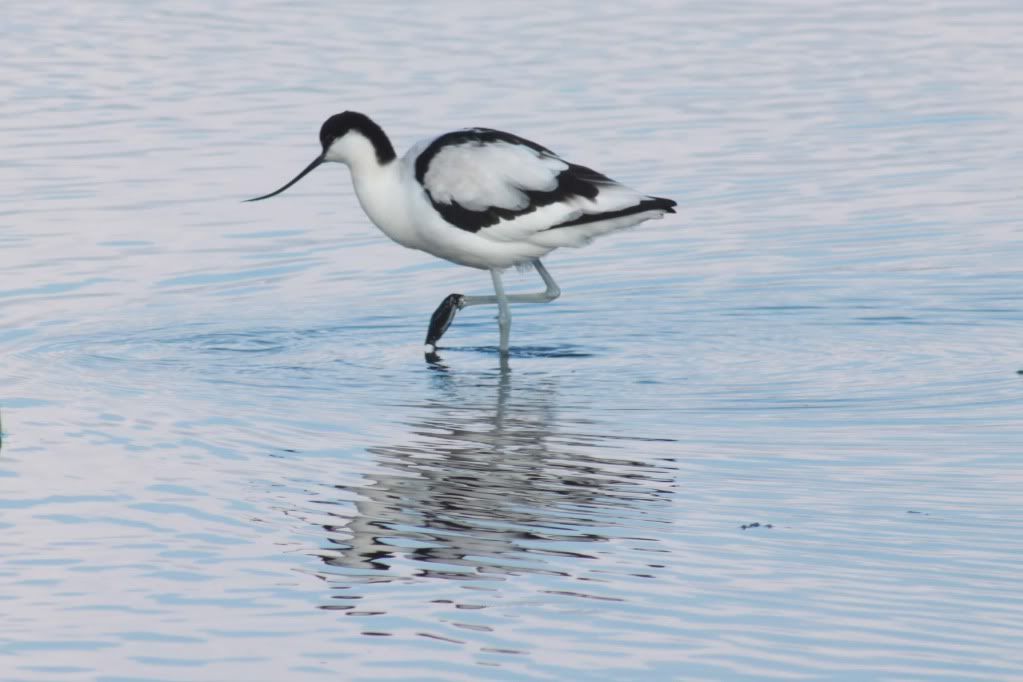There is a breeding population of sika deer - they have not established themselves like the more common roe & muntjac deer and can be quite hard to find on the island (apparently, they wait for the day trippers to leave and then congregate by the church).
.
.
A completely different creature can be found on only one wall on the island and is only 5mm long. The snail Papillifera bidens (it has no common name) is common in southern europe, yet can only be found in one other location in the UK - clivedon house in Buckinghamshire
It is believed it was accidently introduced by a previous owner who imported statues from Greece.
.
.
Whilst the island is owned by the National Trust, half of it is leased to the Dorest Wildlife Trust who manage the lagoons, which are a haven for wading birds. Including avocets (the symbol for the RSPB). Once extinct in the UK as a breeding bird, it has now reestablished itself (there are now 800 breeding birds) although feeding sites are still scarce
.
.
But the animal which Brownsea is famous for - and which most people come to see - is the red squirrel. Extinct from the south of England and struggling elsewhere, there is a stable population of about 250 animals - helped by the lack of prediators and the absence of the grey squirrel - and autumn is the best time to see them as the trees start to loose leaves and as they bury nuts:
.




never been myself although my parents love it.
ReplyDeletelast week stood on the edge of studland looking across to it - it did look rather idyllic.
Hi Alan,
ReplyDeleteI would definitely recommend it as place to visit if you're in the area - especially in autumn.
In fact, I wonder what it's like staying at the National Trust cottage on the island (or the 4 star hotel owned by the John Lewis partnership).
Well done on catching the squirrel!
ReplyDelete